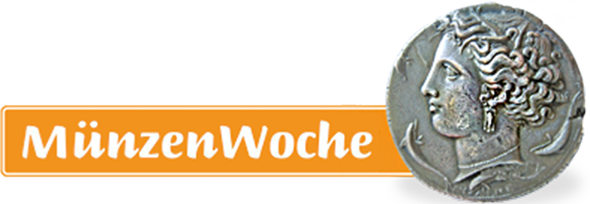Bank of Montreal Museum
Wenn es kein Logo gibt, wird diese Spalte einfach leer gelassen. Das Bild oben bitte löschen.
(Dieser Text wird nicht dargestellt.)
129 Rue St-Jacques
Montrèal, Quèbec
Canada, H2Y
Tel: +1 (514) 877-6810
The Bank of Montreal’s present Main Branch building with its dome was constructed in 1847 and remodeled in 1905. The Museum is located in the hallway between the Main Branch and its Head Office building, built in 1960 on the site of the original Montreal General Post Office. Today, the Bank is commonly known as BMO, or „BeeMo,“ and is Canada’s fourth largest based on deposits.
The Anteroom
All text in the Museum’s exhibits is bilingual-French and English. In its anteroom, there are several wall-mounted displays. The first is titled „Early Currency,“ consisting of a selection of notes from several banks and railroads in the area. A second, titled „Early Bank of Montreal Currency,“ contains banknotes and tokens issued by the bank during the middle 19th century. There is also a recreation of its very first cashier’s office.
The Main Gallery
Past the anteroom is the main gallery where, on the walls, are photos, paintings, and informational panels representing significant periods in the Bank’s history. Also, there are eight floor-mounted cases housing the Museum’s major banknote exhibits and other collectibles. In the first case are the original Articles of Association which formed the Montreal Bank on November 3, 1817.
The successive cases take visitors on a brief tour of the paper money of both the Bank and the Bank of Canada, illustrating some of the highlights of the history of Canada’s banknotes. One display shows an 1817 $20-note of the Montreal Bank, its first year of operation and signed by both its president, John Gray and its cashier, Robert Griffin. The time period then jumps quickly ahead: one case has a 1942 $5-note from the Bank’s last issue, before The Bank of Canada Act of 1934 required chartered banks to give up their right to issue currency. In between the bank’s first and last issues, there is an extremely rare 1844 $3-note issued by the Bank, one of two known.
Canada’s Central Bank
The nation’s central bank, the Bank of Canada, was created in 1934, and issued its first notes in 1935. On display is a $2-note bearing the portrait of Queen Mary. The unusual feature about this note is that this series was the only one to have two separate notes for each denomination; the French-language note is shown. The next series, issued in 1937, was the first bi-lingual issue, and is represented by a $2-note with the portrait of King George VI.
The third issue, following the death of King George VI in 1952, was released in 1954 with the portrait of a young Queen Elizabeth II on all denominations from $1 to $1,000.
As the $1-note ceased being issued in 1989, replaced with a $1-coin, the Bank of Canada in 1996 stopped issuing the $2-note and replaced it with a bi-metallic $2-coin, affectionately nicknamed the „Toonie.“ The last case is devoted to illustrating the differences between genuine banknotes and confiscated counterfeits, generally defined by the poor quality of the paper, the imprint, and the engraved portraits.
Mechanical Savings Banks
The Museum also has on display several mechanical „piggy“ savings banks. During the latter part of the 1800s, cast iron penny banks became a common sight in the home, and hundreds of different designs were made and sold.
This text was written by Howard M. Berlin and first published in his book Numismatourist in 2014.
You can order his numismatic guidebook at Amazon.
Howard M. Berlin has his own website.









